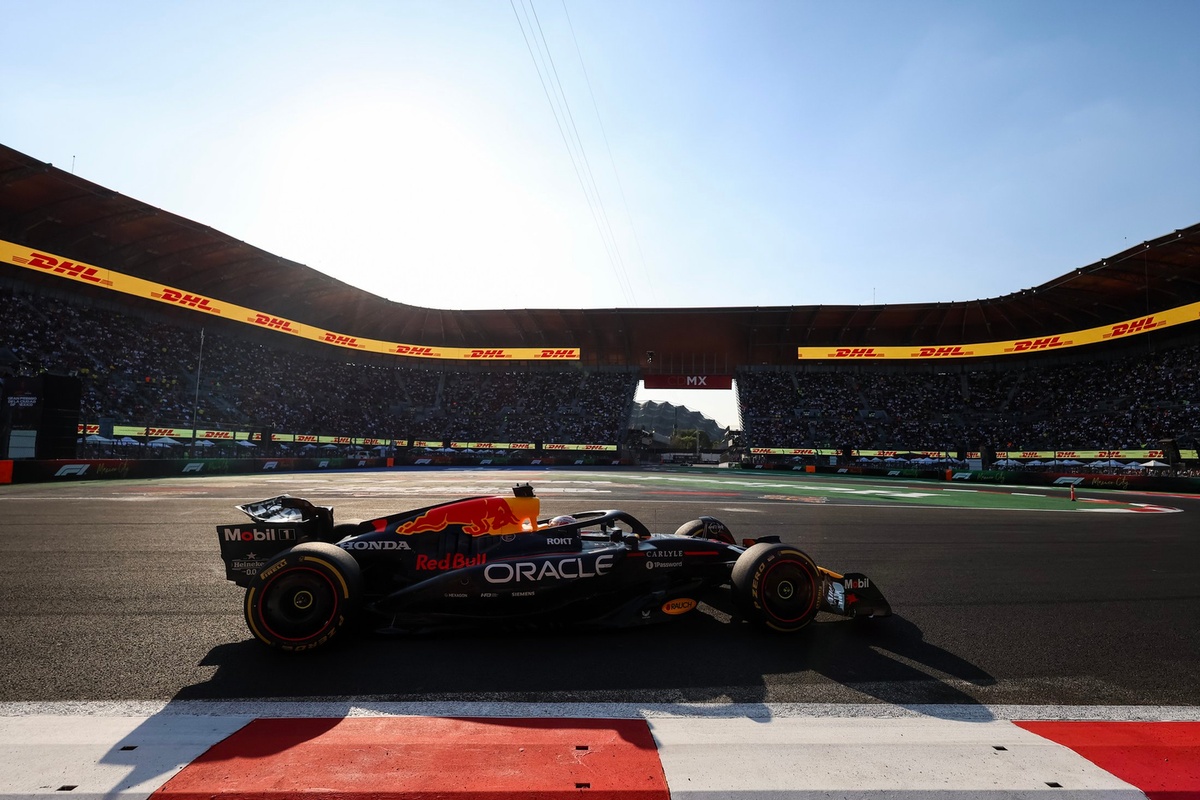Global Methane Mitigation Gains Momentum
Global efforts to reduce methane emissions are showing promising signs of progress, with increased collaboration between governments and industries in addressing methane “super-emitter” events. A recent report from the United Nations Environment Programme (UNEP)’s International Methane Emissions Observatory (IMEO) highlights a significant rise in response rates to satellite-detected methane leaks, indicating growing awareness and accountability.
The report titled An Eye on Methane: From Measurement to Momentum reveals that response rates to alerts from IMEO’s Methane Alert and Response System (MARS) have increased tenfold within a year. This system uses satellite monitoring and AI-supported analysis to detect major methane leaks. According to the findings, government and company responses to over 3,500 alerts jumped from just one per cent in 2024 to 12 per cent in 2025.
This progress aligns with the goals of the Global Methane Pledge, a commitment by over 150 countries to cut methane emissions by 30 per cent by 2030. Methane, the second most potent greenhouse gas after carbon dioxide, is responsible for about a third of current global warming and has more than 80 times the heat-trapping power of carbon dioxide over two decades.
Data transparency is playing a crucial role in this shift. The Oil and Gas Methane Partnership 2.0 (OGMP 2.0), the world’s most rigorous methane reporting standard, now covers 42 per cent of global oil and gas production. The partnership has grown from 70 to 153 member companies across 60 countries in five years.
“Reducing methane emissions can quickly bend the curve on global warming,” said Inger Andersen, Executive Director of UNEP. “It is encouraging that data-driven tools are helping the oil and gas industry to report on their emissions and set ambitious mitigation targets.”
Out of all the companies reporting under OGMP 2.0, 65 firms representing 17 per cent of global oil and gas production have reached the “Gold Standard,” meaning their methane emissions are measured with real-world data instead of estimates. Another 50 companies (15 per cent of global output) are on track to reach that same benchmark soon.
Improved transparency is also paving the way for stronger regulations and market accountability. For example, the European Union has used OGMP 2.0 data to shape its new methane regulations, ensuring cleaner imports into the EU market.
“Methane is one of the most potent greenhouse gases. Tackling it is among the fastest ways to slow global warming,” said Ditte Juul Jørgensen, European Commissioner for Energy and Housing. “Europe’s groundbreaking methane regulation reflects our determination to cut emissions through credible data and transparency.”
The report also notes that IMEO’s MARS alerts have led to 25 confirmed cases of mitigation action across ten countries since 2022 — including in six new countries within the past year. These actions range from repairs of leaking infrastructure to improved maintenance protocols by national oil companies.
While 88 per cent of alerts still go unanswered, UNEP emphasizes that the progress demonstrates the effectiveness of the system and its potential for scaling across sectors.
The Observatory is now expanding its focus to steelmaking and waste management, where methane emissions remain largely unmonitored. The Steel Methane Programme targets metallurgical coal — a hidden source of emissions that adds roughly one-quarter to the climate footprint of steel. According to IMEO, these emissions could be mitigated at just one per cent of the cost of steel production.
The programme will soon launch a Steel Methane Transparency Database, combining satellite data, industry reporting, and scientific studies to improve accountability in the steel sector.
Andersen said UNEP’s next phase will focus on transforming this data into action. “Progress on reporting must translate into real cuts to emissions,” she said. “Every company should join OGMP 2.0, and both governments and operators must respond to satellite alerts — then they must act to reduce emissions.”
Since its inception, IMEO has supported 46 peer-reviewed studies across six continents, helping close knowledge gaps and test new methane detection technologies. These findings are now guiding national emission inventories and supporting country-level mitigation plans, including in agriculture and waste management.
For UNEP, these developments show that the solutions are already on the table — it’s now about scaling them up.
“Better data is driving better action,” Andersen said. “We’ve proven what works. Now, the challenge is to make it universal — every leak fixed, every tonne of methane avoided.”
With stronger partnerships, improved transparency, and rapid-response systems like MARS, UNEP says the tools to curb methane are no longer theoretical. What’s working is clear — the next step is ensuring everyone uses it.










